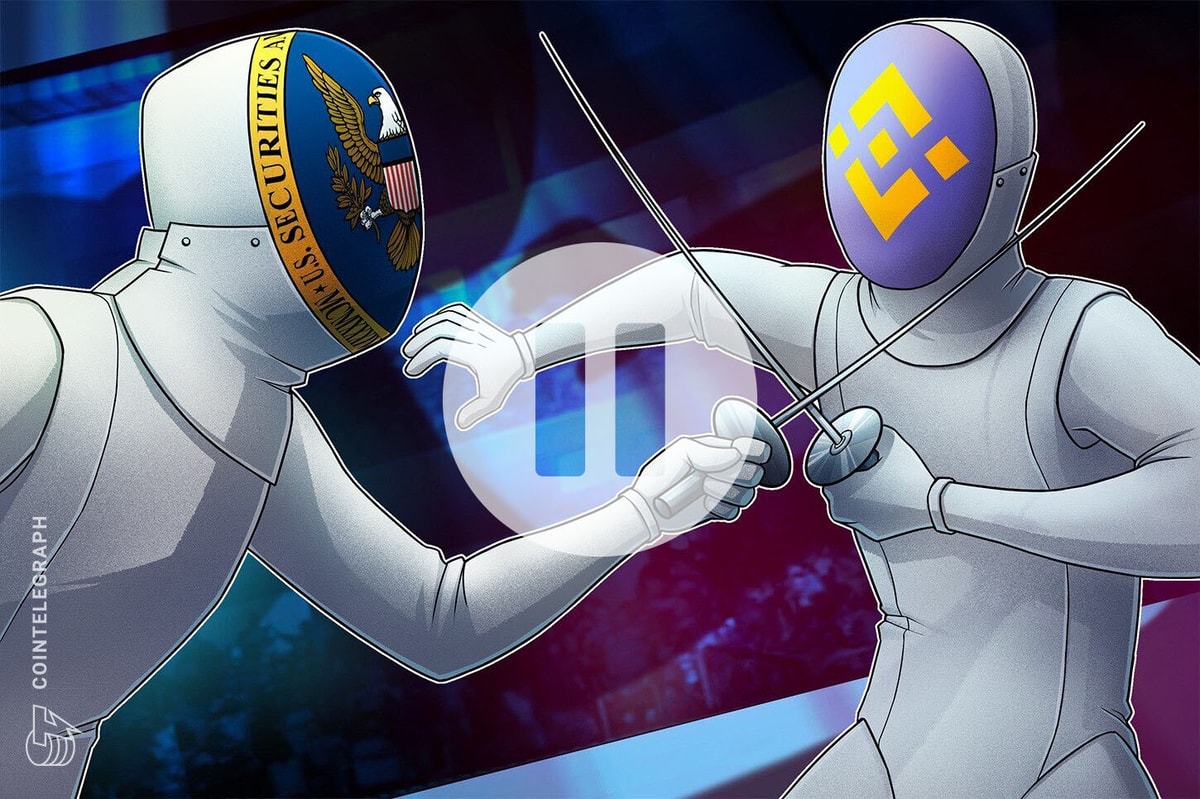Bitcoin (BTC), the original cryptocurrency with the largest market cap, continues to lead the crypto market — to both the green and red. Even though the crypto space gave birth to quite a few projects, the rest of the herd is no match for the brainchild of Satoshi Nakamoto for financial transactions.
The unique unspent transaction output (UTXO) model used for the Bitcoin blockchain enables BTC to act much like a paper currency, resulting in superior security and robustness as a peer-to-peer currency. Especially compared to the bank-account-like model that Ethereum-based DeFi solutions typically adopt. As the pioneering cryptocurrency, Bitcoin presents massive liquidity, but Ethereum-based DeFi solutions have yet to develop a secure and effective way to tap into that.
DeFi already met Bitcoin, but there was a catch
With the introduction of the Taproot upgrade, which enabled the implementation of smart contracts, DeFi found its route to the Bitcoin base layer for the first time. However, it started on the wrong foot: As the Taproot upgrade allowed people to bypass the initial 80-byte limit on the Bitcoin blockchain, people wasted no time in uploading all sorts of digital properties, including images, NFT-like inscribed assets and more, clogging up the base layer with unnecessary digital junk and possibly making Satoshi Nakamoto cringe.
Bitcoin needs its own layer-2 DeFi ecosystem that expands the use of BTC putting no additional pressure on the base layer, and that’s where Mintlayer comes in. Mintlayer is an L2 solution rooted in the established network of the Bitcoin blockchain. Similar to how the Lightning Network solved Bitcoin payments at scale, Mintlayer is poised to bring decentralized finance to Bitcoin’s toolkit, without compromising the Bitcoin community’s principles.
Improved security through atomic swaps
As the massively damaging DeFi hacks and exploits from last year proved, trying to use Bitcoin in a non-native blockchain via wrapped tokens or cross-chain bridges was a bad idea. After years of attacks and more than $2.5 billion in user funds lost, it is clear that the risk of becoming an attack surface is just too high for any token bridges to grow reliably.
Mintlayer, on the other hand, uses atomic swaps to allow a 1:1 transaction from native Bitcoin to tokens on the Mintlayer blockchain, effectively removing the need for any wrapped tokens or token bridges. This way, Bitcoin owners can use their BTC to give different DeFi use cases a go.
Enrico Rubboli, co-creator of Mintlayer, explained why DeFi should be in the vizors of traditional financial institutions:
“DeFi is a trust-minimizing technology. When code replaces humans, it is incorruptible, taking human error out of the equation as much as possible. We are still early for that, both in terms of regulation and technology, but this is why Mintlayer exists.”
To facilitate quick adoption, Mintlayer spent 2022 developing a mobile wallet and an extension for internet browsers as well as integrating with Lightning Network. Following the launch of its native token ML, Mintlayer aims to have its mainnet ready by the third quarter of 2023. Mintlayer’s mission is to build a protocol with the least amount of friction for Bitcoin users to create the applications they need and use platforms built by others.
The team also announced the Mintlayer ecosystem fund to accelerate the growth of a DeFi ecosystem centered around Bitcoin. Projects bringing value to the Mintlayer ecosystem can also benefit from various grants the ecosystem fund provides. The fund helps projects and startups in different stages of development to find blockchain investors and like-minded stakeholders to push the space to new horizons.
Disclaimer. Cointelegraph does not endorse any content or product on this page. While we aim at providing you with all important information that we could obtain, readers should do their own research before taking any actions related to the company and carry full responsibility for their decisions, nor can this article be considered as investment advice.











